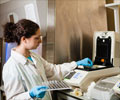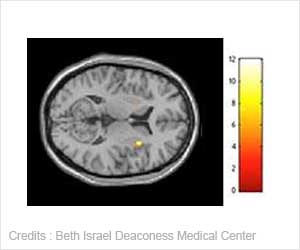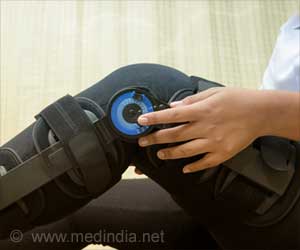At Fred Hutchinson Cancer Research Center, researchers have used Droplet Digital PCR (ddPCR™) to demonstrate for the first time the quantification of a special class of tumor-attacking immune cell known to improve cancer survival.
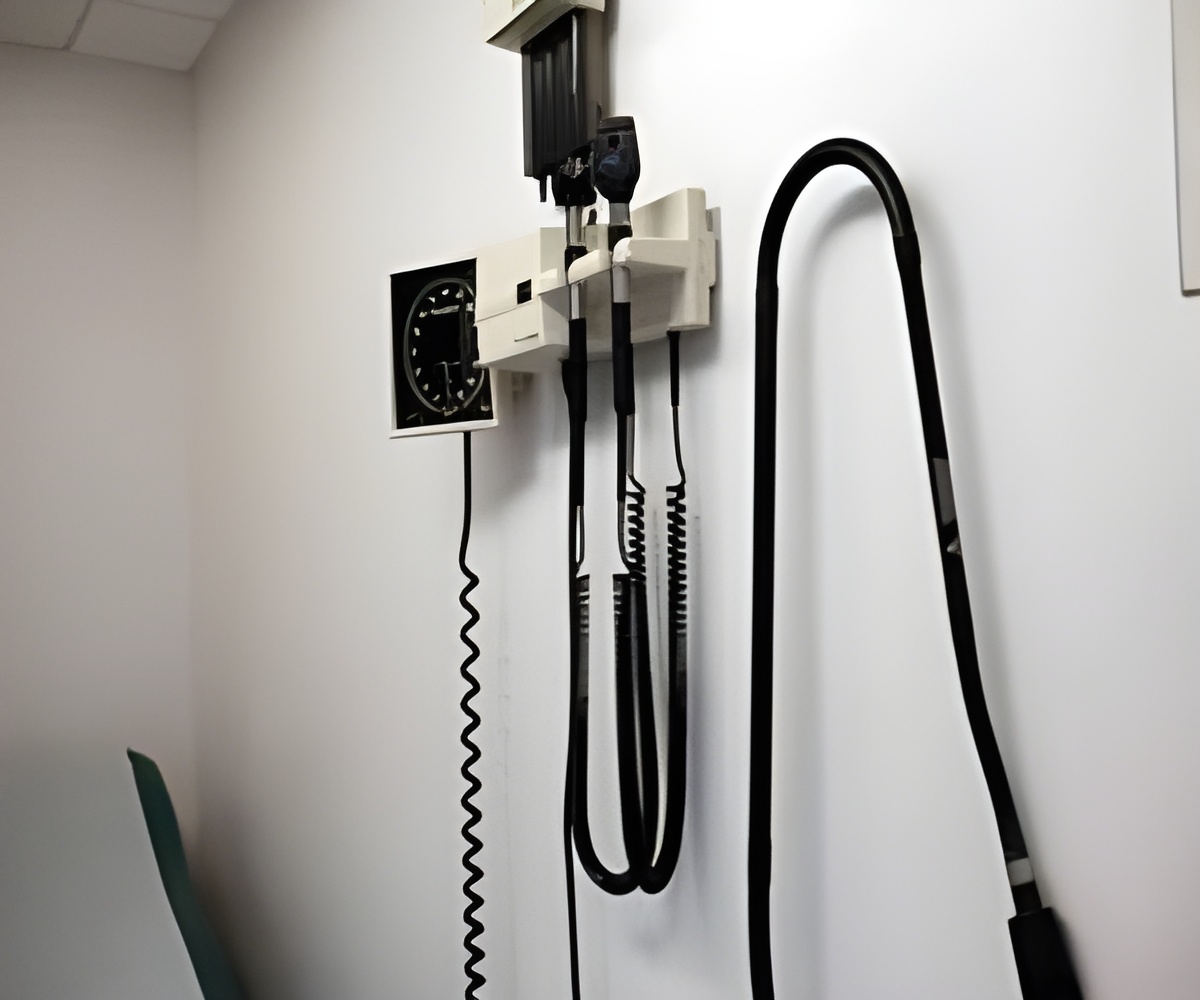
"Now that we have the sensitivity and ability to reproducibly count TILs in tumors, we may be able to stratify and more effectively treat patients based on tumor TIL count, especially with immunotherapeutics coming to market," said Dr. Bielas, one of the lead authors of a paper reporting the TIL quantification results in Science Translational Medicine.
Quantifying TILs Using ddPCR TILs directly attack tumor cells in a variety of cancer types. While the presence and quantity of TILs strongly correlate with increased patient survival, current tests are semiquantitative at best. As a result, TILs cannot be used for clinical decision making.
According to Dr. Bielas, TILs have a "genomic signature that can be digitally exploited." This signature, which exhibits a vast amount of diversity, determines the genetic identity, or clonality, of the T-cell receptors (TCR) expressed on the surface of each TIL. With the advent of digital PCR – and the generation of tens of thousands of data points produced by Droplet Digital PCR – it is now possible to quantify these signatures, enabling the determination of the number of TILs.
"There's no way you could do this with any method other than digital PCR because of the numerous primer pairs and probes that we have (45 forward primers, 13 reverse primers, and 30 probes)," said Dr. Bielas. "Digital PCR partitions all the reactions so you can amplify these targets independently of PCR efficiency without any competing side reactions."
Fred Hutch researchers developed the Droplet Digital PCR-based "QuanTILfy" assay using Bio-Rad Laboratories' QX100 ddPCR system. They then used QuanTILfy to count TILs, determine their frequency, and develop a grouping system to classify "clonality," which might be a marker of druggable targets.
The researchers also demonstrated that QuanTILfy can be used to accurately and reproducibly characterize T-cell clonality in patients with T-cell acute lymphoblastic leukemia. In each case, they saw a single QuanTILfy assay subgroup, indicative of clonal T-cell expansion. This finding was confirmed by deep sequencing.
Source-Eurekalert
 MEDINDIA
MEDINDIA
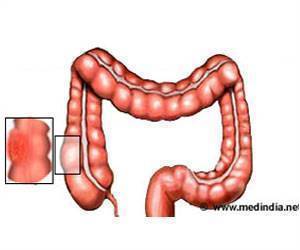

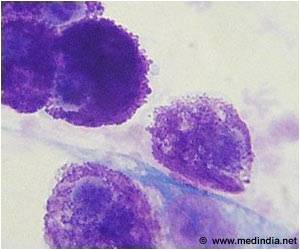
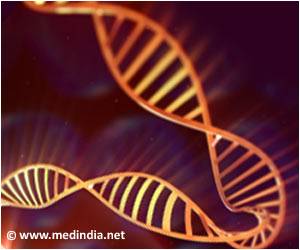
 Email
Email




